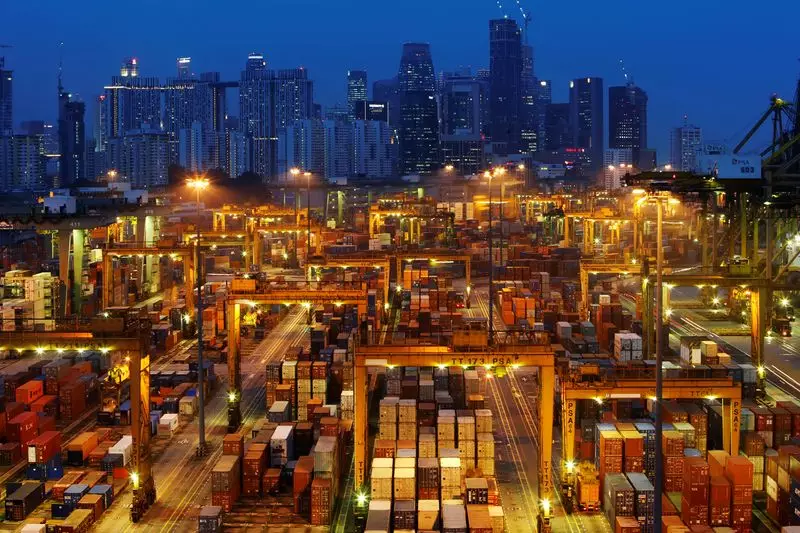The global economy appears to be on a steady trajectory of growth over the next few years, as projected by the Organisation for Economic Cooperation and Development (OECD). With an anticipated growth rate of 3.2% for the current year, this figure is expected to slightly increase to 3.3% in 2025 and 2026. Central to this positive outlook are multiple factors including decreasing inflation rates, increased employment opportunities, and potential reductions in interest rates. However, this optimism is tempered by concerns over the resurgence of protectionist measures around the world, which could threaten to undermine progress in international trade.
The OECD’s recent Economic Outlook highlights that while growth estimates have remained constant since their last assessment in September, the global economic landscape is not without its challenges. Indeed, the report emphasizes the impending risks posed by protectionism. Trade volumes, which had faltered in the previous year, are now projected to recover, achieving a growth rate of 3.6% in the near future despite increasing barriers on import flows. This situation suggests a delicate balance wherein the economy’s health is contingent upon the ability to navigate through rising trade tensions and protectionist policies.
The international trade environment is becoming increasingly complex. Recent developments in U.S. trade policy, particularly under the Trump administration’s emphasis on higher tariffs, have contributed to rising uncertainties. Such measures threaten to disrupt supply chains considerably, leading to higher consumer prices while negatively impacting growth. The potential for diminished trade flows raises critical questions about the sustainability of recovery in global trade and the degree to which individual nations can engage with one another economically.
The OECD also provides a detailed outlook on specific major economies, revealing diverging trends that are reflective of unique national policies. In the U.S., while growth is projected to taper off from 2.8% currently to 2.1% by 2026, China is expected to see a slow decline in growth from 4.9% in 2024 to 4.4% in 2026. This reduction highlights the challenges faced by the Chinese economy, including sluggish consumer spending, which remains a critical driver for overall economic health.
The economic landscape across Europe demonstrates different dynamics, particularly within the eurozone. As the OECD indicates, growth in this region is expected to improve from 0.8% up to 1.5% over the next few years, buoyed by easing central bank policies and favorable labor market conditions. Investment is expected to rise in response to these supportive measures, aiding consumer confidence and spending.
In contrast, the UK is also predicted to experience growth from 0.9% this year to 1.7% by 2025. Factors such as real income gains and increased public spending are expected to contribute positively to the economy. However, a drop back to 1.3% by 2026 suggests that these growth drivers may not sustain the momentum indefinitely, especially in the face of potential tax increases.
Japan’s economy adds another layer of complexity to the global picture, expecting a recovery from a contraction this year. With economic stimulus measures in place, Japan is projected to grow by 1.5% in 2025, though it will likely cool to 0.6% in 2026.
The OECD also discusses central banks’ strategies in managing monetary policy as inflation rates decline. Most major central banks are likely to adopt a more accommodative approach, carefully loosening monetary policy to support economic growth. However, Japan is anticipated to take a different path due to unique domestic challenges.
Given that public finances in numerous countries are under significant strain, the need for decisive actions to stabilize debt burdens has become critical. Governments around the world face the pressing challenge of striking a balance between stimulating growth and maintaining fiscal responsibility in an era of rising protectionism and international tensions.
While the global economy is positioned for moderate growth, its success will depend on the interplay between supportive national policies and the broader international economic environment. Policymakers will have to tread carefully to navigate these challenges, ensuring that recovery is not derailed by protectionist tendencies or unstable trade relations.

